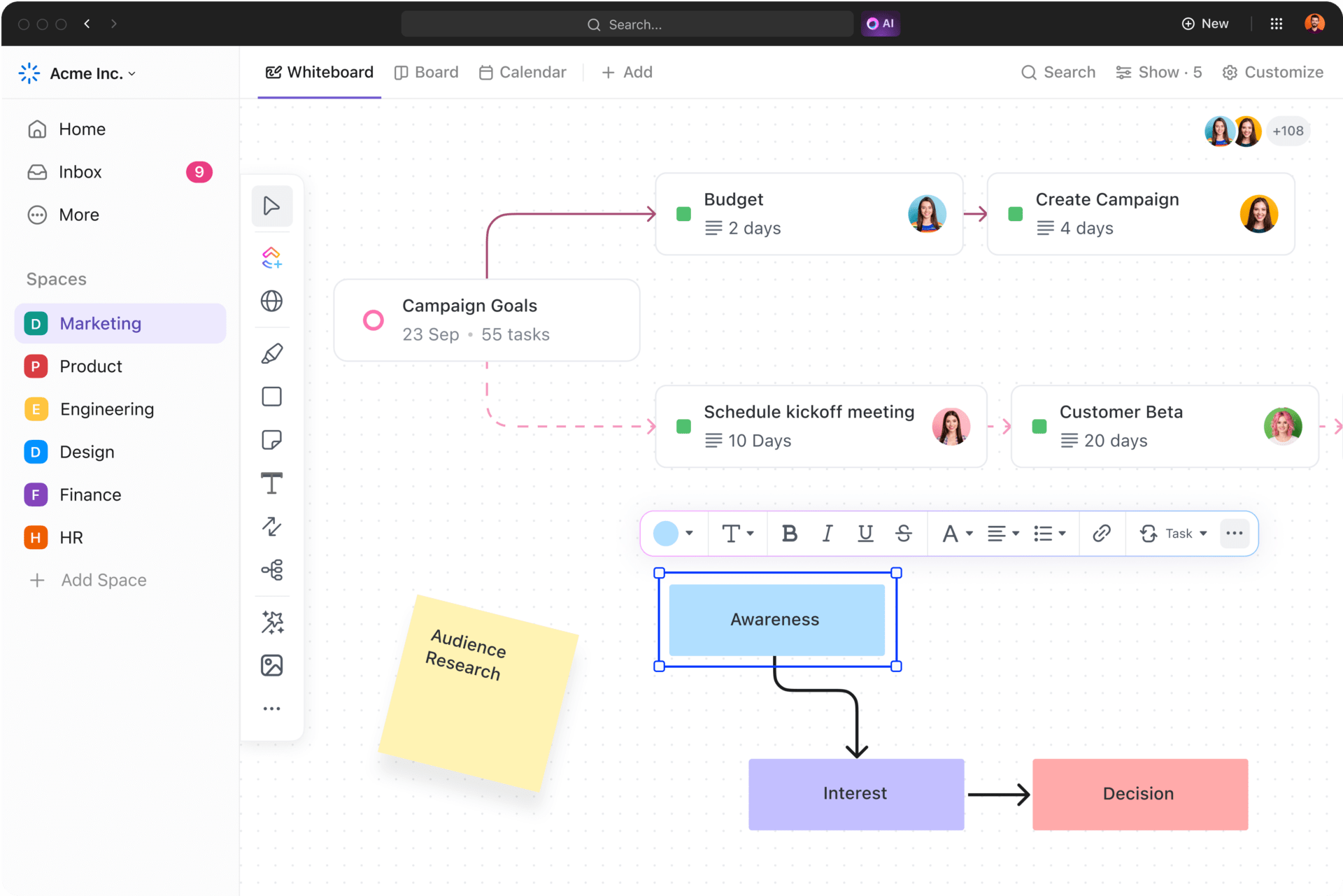When Chatgpt broke into the scene in November 2022, he unleashed one of the most intense technological careers of recent years. Companies and governments rushed to take positions so as not to stay out of the rise of the artificial intelligence. In the center of that reaction were the data centers: key infrastructure that make it possible to train language models that shape chatbots and other AI -based applications.
American giants such as Microsoft, Google, Amazon and Meta announced the expansion of their infrastructure beyond their borders, with millionaire projects that also arrived in Spain and unleashed a real fever for this type of facilities in the region. The AI earthquake also shook China, where the central government declared its development as a national priority and promoted the creation of new infrastructure to sustain it.
The data centers boom begins to stagger
According to data from the IDC analysis firm, between 2022 and 2024, more than 200 projects linked to data centers focused on artificial intelligence were tendered, distributed in 28 provinces and 81 Chinese cities. The growth rate shot against previous years, with a wave of “intelligent computer science” initiatives that not only sought to strengthen the country’s digital infrastructure, but also promised to boost local economies.
There were several well -known names in this part of the world: Alibaba, Bytedonce – the Tiktok matrix -, Tencent, Baidu or Deepseek, all betting hard for this land. The objective was clear: if artificial intelligence was going to mark the future, China could not afford to be left in front of the United States. In order not to lose positions in this race, the Asian giant needed to move fast, very fast.
Although neither companies nor governments said it openly, each new project was announced with full awareness that technology was not yet mature enough, and the business model, either at all defined. The bet – as it usually occurs in this type of initiatives – was based on the expectation that, sooner or later, it will generate a relevant economic value, either directly or indirectly, for those who are promoting it.

Despite the millionaire investments in new data centers, China’s enthusiasm for large -scale linguistic models is losing strength. As MIT Technology Review collects, more than half of the recently built computer resources remain unused. To this situation are added factors such as the lack of technical and market experience of many of the actors who bet on this type of infrastructure for being a trend.
The result: dozens of smaller data centers are looking for customers willing to pay for their use, but the truth is that, although China is a huge market, demand is not responding as expected. The large technological groups in the country are already dealing with their own infrastructure, and smaller companies, instead of training their own models in these centers, are opting for payment solutions for use.
Finally, they point out that many of the data centers built in recent years were designed thinking about pre -entry workloads, that is, long and demanding processes that require huge volumes of data. However, the current demand focuses on inference: executing models already trained to offer real -time responses. And that is where many of these infrastructure are not prepared.

A phenomenon that extends beyond China
According to TD Cowen analysts cited by Bloomberg, Microsoft would have canceled new data centers In the United States and Europe. The company has not made official statements, so it is not yet clear what facilities would be affected. However, experts point to a concrete cause: the reduction of commitments with Openai, the startup of AI in which Microsoft has invested billions.
For years, Openai depended exclusively on Microsoft’s cloud infrastructure. But that changed recently, when opening to other computer suppliers. In parallel, Microsoft maintains plans to invest 80,000 million dollars in data centers during its current fiscal year, which ends in June. Even so, analysts expect that investment rhythm will later decelerate an unexpected movement.
Images | Dc Studio | Scott Rodgerson
In WorldOfSoftware | Personalized GPTS are one of Openai’s great inventions. Now Google has just released yours in Gemini











